
The average cost of workers' compensation claims in the U.S. is a staggering $0.46 per employee per hour worked. Businesses are paying out billions of dollars every year to cover legal costs. However, workers’ compensation insurance can be affordable if companies take the right approach to forklift safety. Improving standards in warehouses, yards, and other building areas can reduce the risk of injury and keep premiums low.
Here’s how you can improve forklift safety and reduce the risk of employees making claims:
Ensure Employees Remain Two Meters (Or More) From Forklifts In Operation
One method is to ensure employees remain two meters or more from forklifts in operation. This practice in warehouses and yards reduces the risk of crush injuries where drivers reverse into people they can’t see behind them. It may make things less efficient in some warehouses. but it can be managed. Forklift drivers can alternate their activities with pickers to optimize their movements.
Wear Hi-Vis Clothing
Forklift operators should also dress in appropriate workwear to protect themselves and be more conspicuous to other site users. High-visibility jackets, luminous hard hats, and safety shoes are a must.
No Loading While Moving
Avoiding loading while moving is another essential. Forklift drivers should avoid any actions that might cause the vehicle to topple over (which can happen during loaded directional changes). If forklift drivers take risks at your business, institute training and a disciplinary policy. Drivers who break the rules should face consequences.
No Rides
Forklift truck drivers should also avoid giving rides to other people in the workplace. While it might be convenient or fun for staff, it is also dangerous. If you notice employees taking rides on forklifts, initiate disciplinary action. Ensure you send a message to your team that this sort of behavior is prohibited.
Maintain 360-Degree Visibility
Another way to reduce worker’s comp claims is to ensure forklift drivers are maintaining 360-degree visibility of their vehicles. Staff should have a view of the rack and loading position. The OHSA also recommends:
- Looking in the direction of travel
- Making use of mirrors
- Using lights if working outdoors or at night
- Warning approaching staff and making eye contact with them
Implement Floor Markings
It can also help to implement floor markings to reduce risks further. These boundaries show where it is safe for pedestrians to wal(610) 775-3848k (similar to sidewalks on the public highway). Zones keep drivers and staff separate and prevent new hires from straying into dangerous areas.
Observe Equipment Capacity
Lastly, companies can reduce the risk of costly payouts by observing equipment capacity and avoiding overloading. Forklifts can only carry so much until they topple over. When they do, the risk of serious crush injury and death is high.
Start Saving on Workers Compensation Insurance
Stop spending a fortune on your WC insurance premiums. Our independent agents specialize in comparing rates from competing carriers to find you the best price on quality insurance protection. Call (610) 775-3848 or Contact us online today for the best rates on worker's compensation insurance.



 To lower
To lower 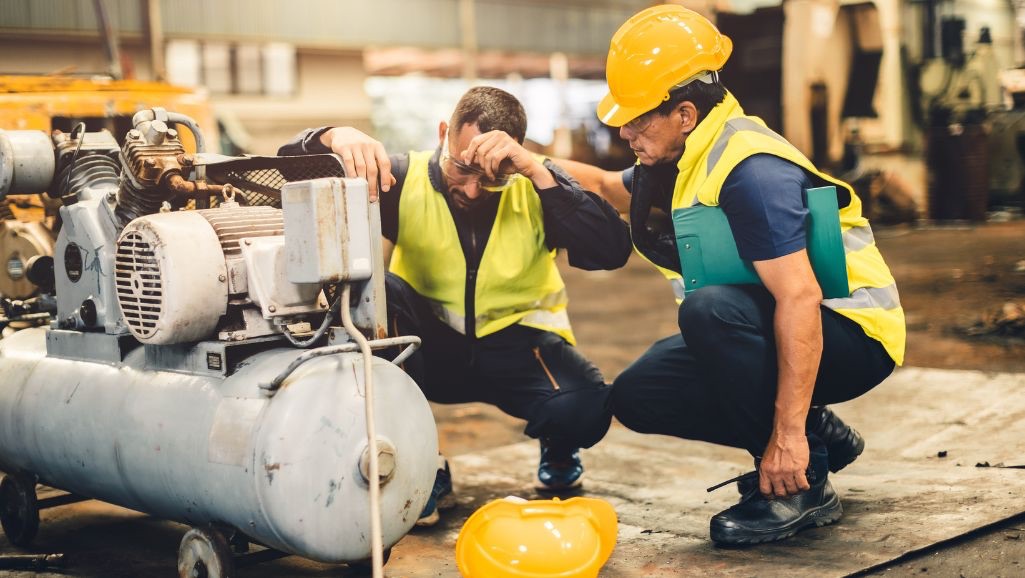 The best way to lower
The best way to lower 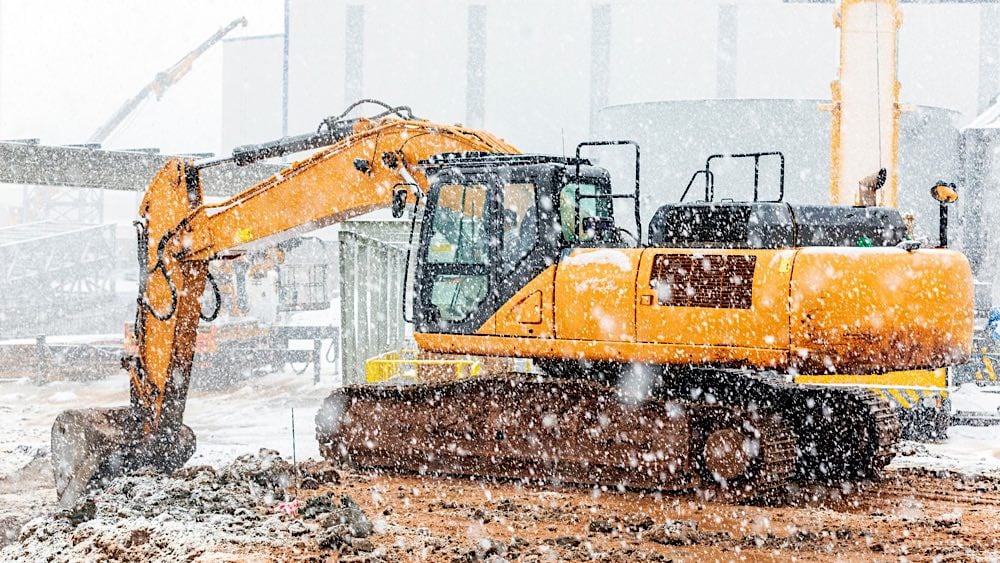 The right
The right 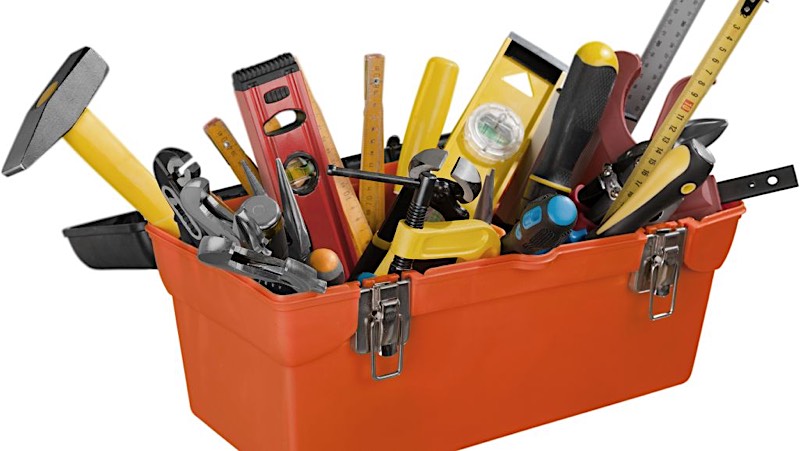 Toolbox talks are designed to improve safety, minimize the risk of injury, and save money – including
Toolbox talks are designed to improve safety, minimize the risk of injury, and save money – including 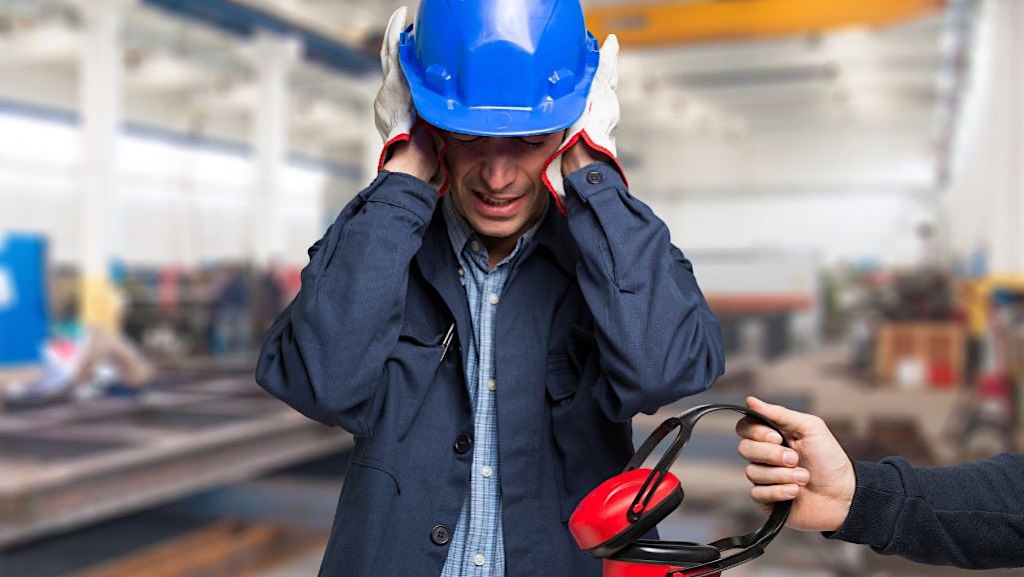 The more injuries your workers sustain, the higher your
The more injuries your workers sustain, the higher your 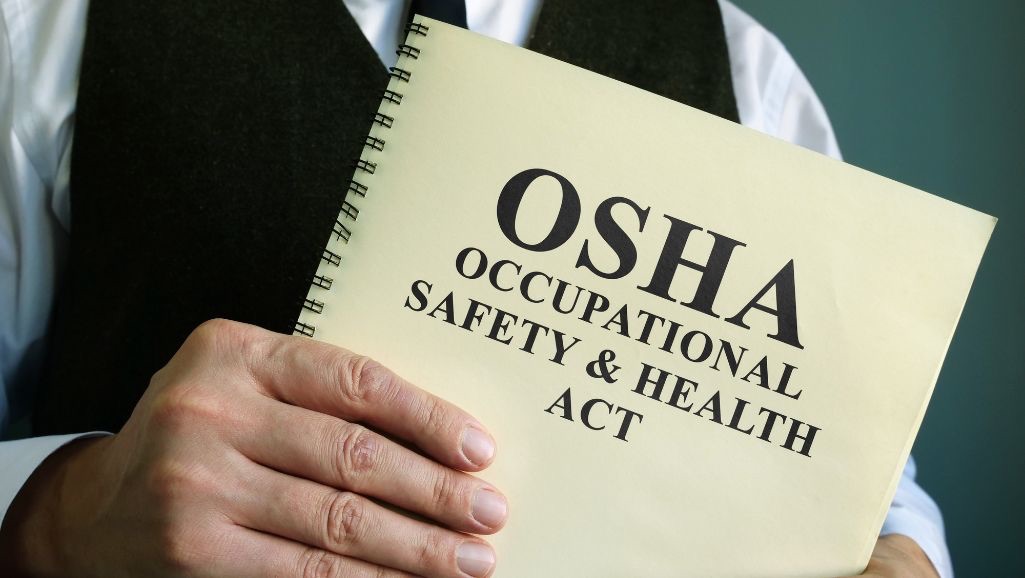
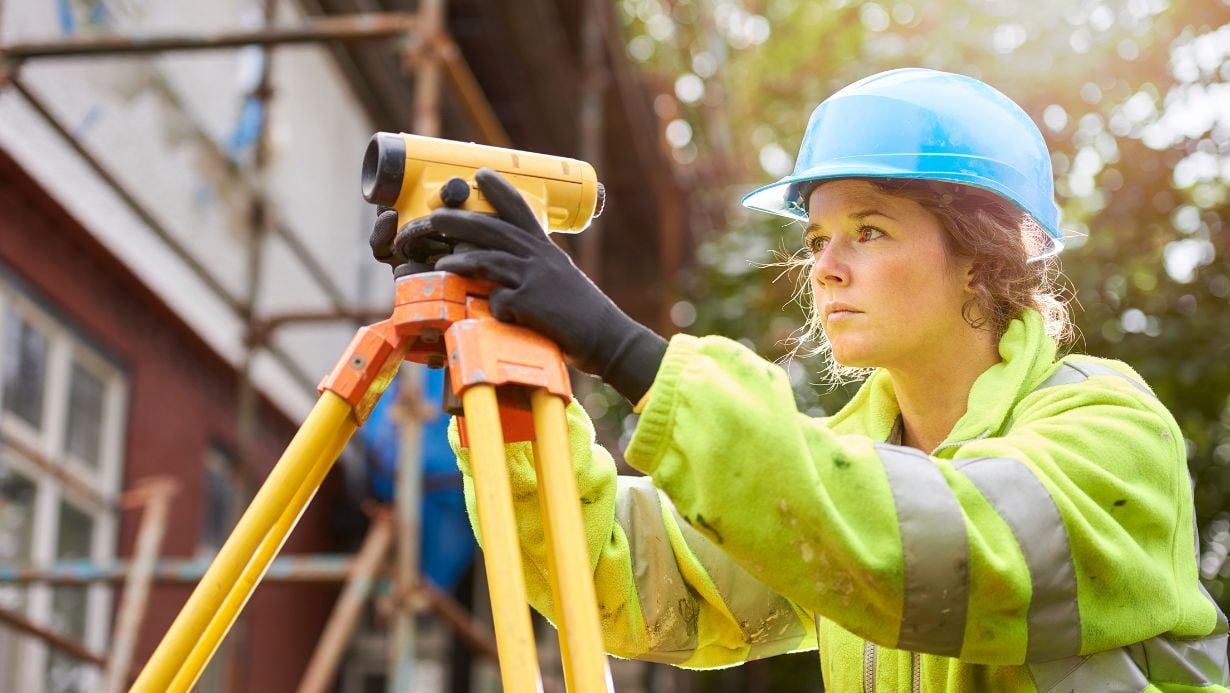
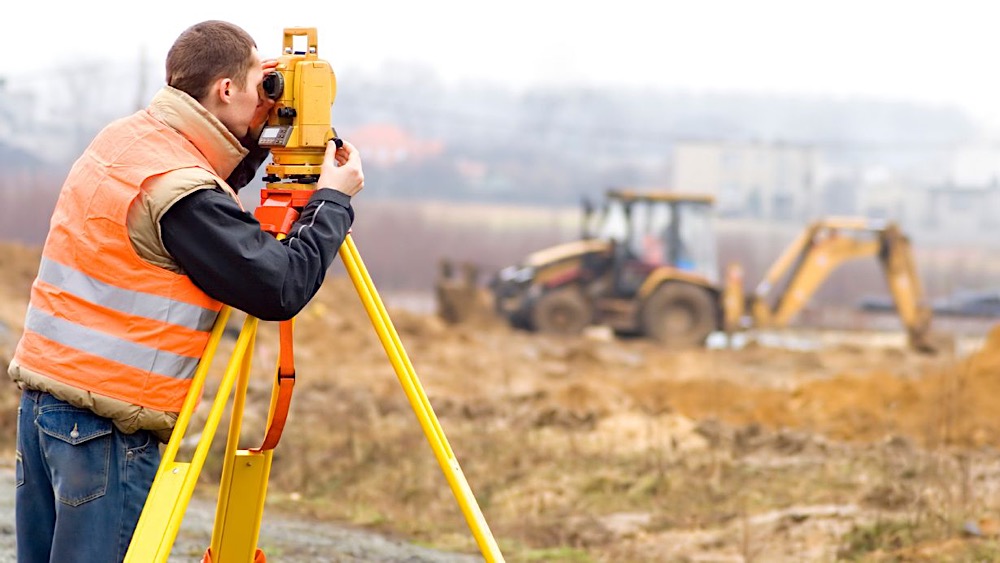
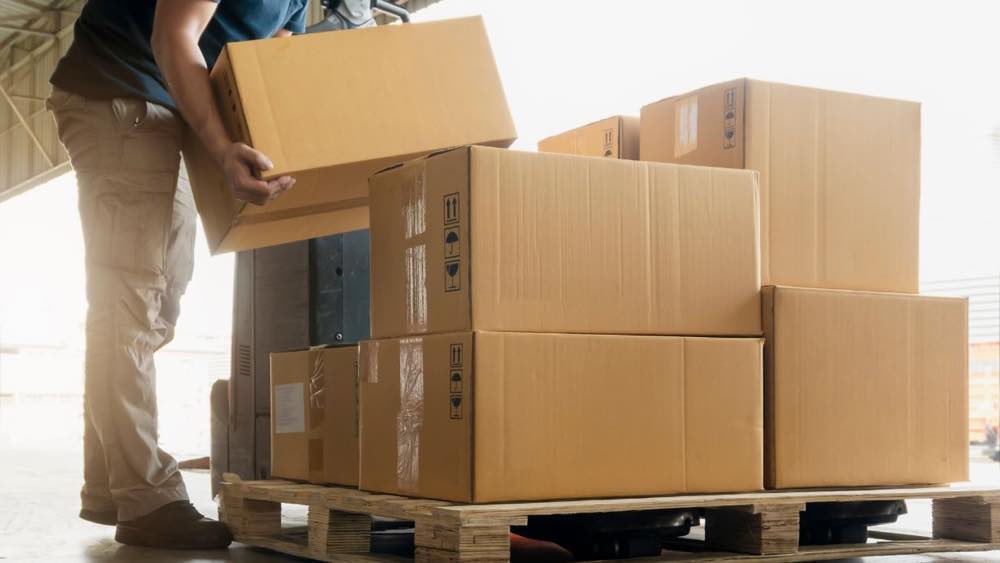 Workplace accidents are a significant cause of higher
Workplace accidents are a significant cause of higher 



